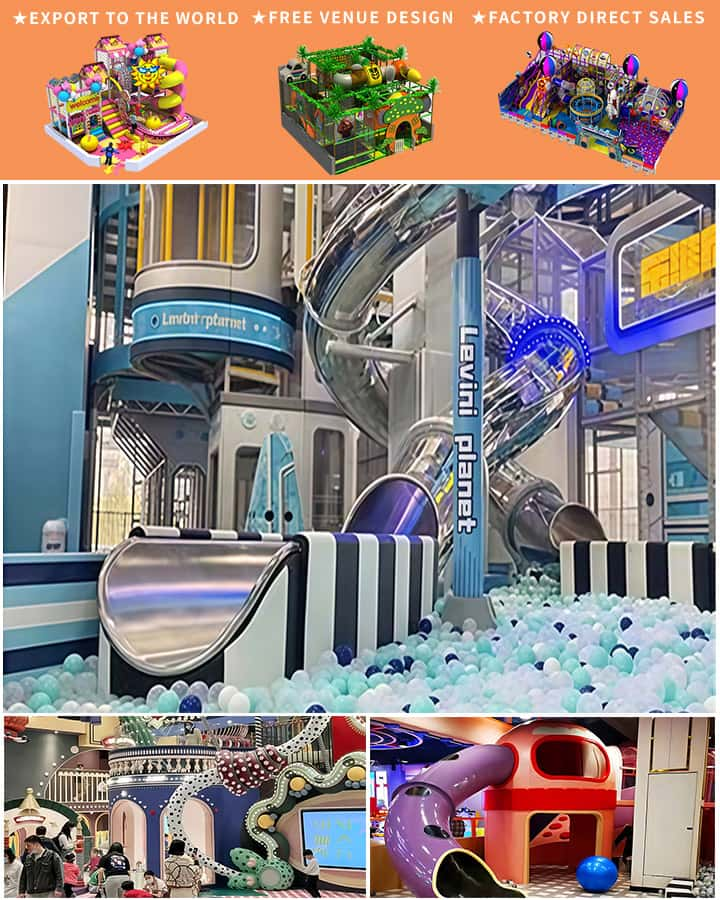Starting an indoor playground business can be a lucrative venture, but it requires careful planning and budgeting. Understanding the costs associated with this type of business is crucial for anyone looking to enter the industry. This article delves into the various expenses you’ll need to consider, providing a comprehensive overview to help you make informed decisions.
1. Initial Investment
The initial investment for an indoor playground business can vary significantly based on location, size, and quality of equipment. On average, expect to invest between \(200,000 to \)500,000. This range includes everything from leasing a suitable space to purchasing equipment and ensuring compliance with safety standards.
a. Lease or Purchase of Space
- Leasing: Leasing a commercial space typically requires a security deposit and monthly rent. Depending on your location and the size of the space, you might spend anywhere from \(3,000 to \)10,000 per month.
- Purchasing: Buying a property can be more cost-effective in the long run, though it demands a much larger upfront investment, often ranging from \(200,000 to over \)1 million.
b. Equipment and Installation
- High-quality indoor playground equipment such as climbing walls, slides, ball pits, and interactive installations can be costly. A rough estimate for equipment alone is between \(75,000 and \)200,000.
- Professional installation can add another 10-15% to your costs.
2. Recurring Expenses
 Once your indoor playground is up and running, there are several recurring expenses to consider:
Once your indoor playground is up and running, there are several recurring expenses to consider:
a. Utilities
- Energy consumption, particularly if you have electronic games or extensive lighting, can amount to several hundred dollars monthly.
- Water and sewer services will also contribute to ongoing costs.
b. Insurance
- Business insurance covering liability, property damage, and worker’s compensation is essential. Insurance premiums may range from \(500 to \)2,000 per month depending on your coverage and location.
c. Staffing
- Hiring and paying employees is a significant ongoing cost. Salaries, benefits, and training programs for staff members should be factored into your budget. Depending on the size of your facility and its operations, labor costs can range from \(3,000 to \)10,000 per month.
3. Marketing and Maintenance
To keep your business thriving, marketing efforts and regular maintenance are vital.
a. Marketing
- Investing in marketing strategies such as social media advertising, local partnerships, and promotions can drive traffic to your indoor playground. Budget around \(500 to \)2,000 per month for effective marketing campaigns.
b. Maintenance
- Regular maintenance of the equipment is necessary for safety and longevity. Allocating \(1,000 to \)3,000 monthly for maintenance and repairs can help ensure that your playground remains in excellent condition.
4. Miscellaneous Costs
There are always unexpected costs in any business, so it’s wise to set aside a contingency fund equivalent to at least three months of operating expenses.
a. Legal and Permitting Fees
- Obtaining necessary permits and complying with local regulations can involve fees ranging from a few hundred to several thousand dollars.
b. Supplies
- Stocking up on essential supplies like cleaning products, first aid kits, and office materials is an ongoing requirement.
Conclusion
Starting an indoor playground business involves substantial initial investment and recurring costs. By carefully planning and budgeting for these expenses, you can lay a strong foundation for a successful and sustainable business. Remember that while the costs can be high, a well-run indoor playground can generate significant revenue and provide endless fun for children and their families.




